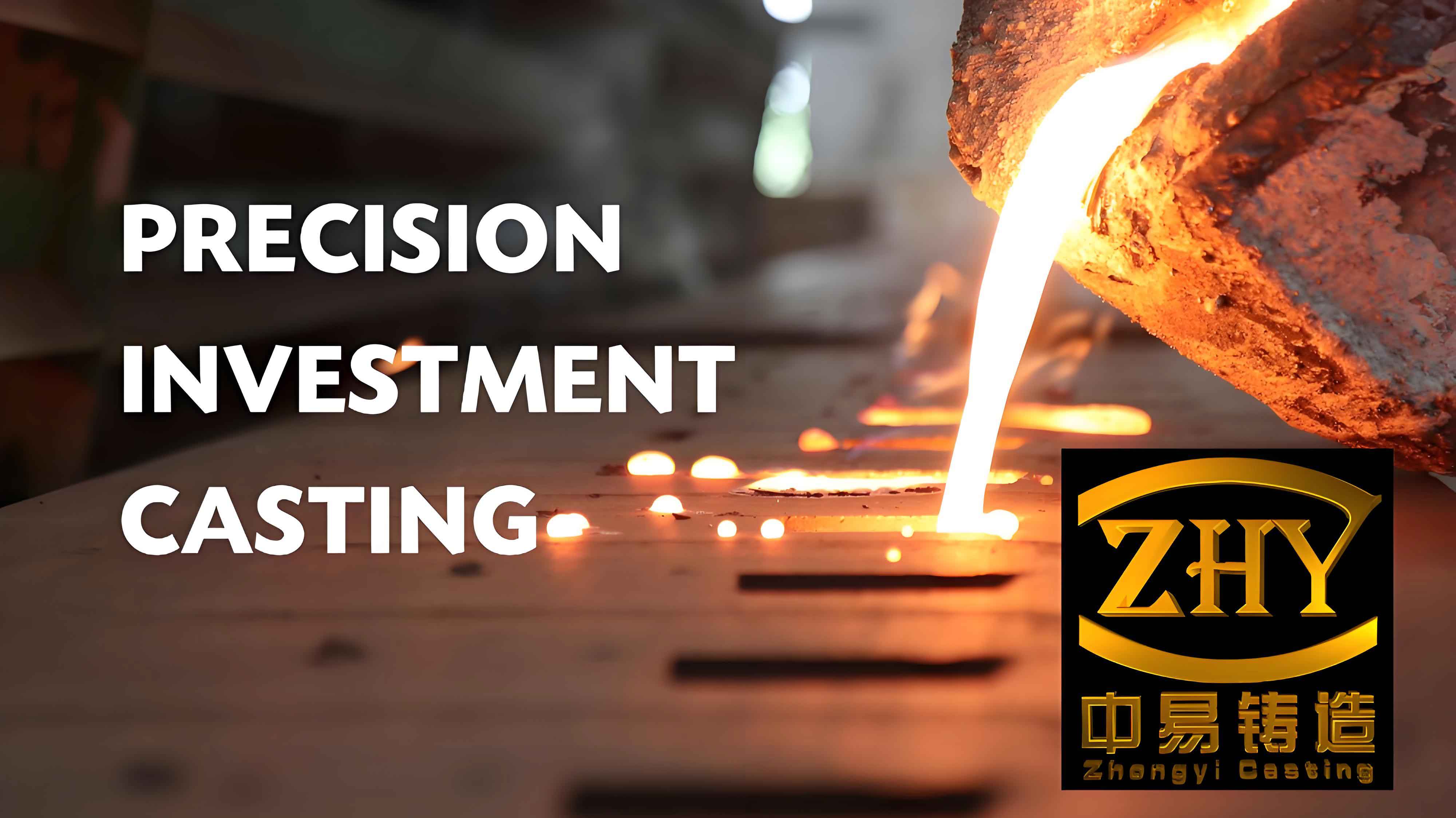Introduction
In the automotive industry, turbocharging technology is widely adopted to enhance engine power, reduce size, and control CO₂ emissions. As a core component of turbochargers, turbine blades require lightweight designs with complex geometries to minimize turbo lag. However, these intricate structures—characterized by high curvature, thin walls, and significant cross-sectional variations between blades and hubs—pose challenges in precision investment casting. Among these challenges, hot tearing remains a critical defect that compromises component integrity. This study leverages ProCAST software to simulate the precision investment casting process of IN713C superalloy turbine components, focusing on predicting hot tearing tendencies through stress and strain analysis. The results aim to optimize process parameters, such as pouring and mold shell temperatures, to mitigate thermal cracking.

Thermo-Mechanical Modeling in Precision Investment Casting
Material Behavior and Constitutive Equations
The thermal-elastoplastic model was employed to simulate stress evolution during solidification. Key equations governing the material behavior include:
- Total Strain Decomposition:{dϵ}={dϵe}+{dϵp}+{dϵT}{dϵ}={dϵe}+{dϵp}+{dϵT}where dϵedϵe, dϵpdϵp, and dϵTdϵT represent elastic, plastic, and thermal strains, respectively.
- Stress-Strain Relationship:{dσ}=[Dep]({dϵ}−{dϵp}−{dϵT}){dσ}=[Dep]({dϵ}−{dϵp}−{dϵT})Here, [Dep][Dep] denotes the elastoplastic modulus matrix.
- Linear Hardening Model:σ=σ0+Hϵplσ=σ0+Hϵplwhere σ0σ0 is the yield stress, HH is the plastic modulus, and ϵplϵpl is the accumulated plastic strain.
Hot Tearing Index (HTI)
The Hot Tearing Index quantifies susceptibility to cracking based on accumulated plastic strain during the vulnerable solidification phase (90–99% solid fraction):HTI=∫tcohts23ϵ˙pl:ϵ˙pl dtHTI=∫tcohts32ϵ˙pl:ϵ˙pldt
where tcohtcoh and tsts correspond to coherency and solidus temperatures.
Process Parameters and Alloy Properties
IN713C Superalloy Composition
The chemical composition of IN713C, a nickel-based alloy optimized for high-temperature performance, is summarized in Table 1.
Table 1: Chemical Composition of IN713C Superalloy (wt%)
| C | Si | Mn | Al | Co | Cr | Fe | Mo | Nb+Ta | Ti | Zr | Ni |
|---|---|---|---|---|---|---|---|---|---|---|---|
| 0.12 | 0.40 | 0.23 | 6.00 | ≤1.0 | 13.0 | ≤1.8 | 4.20 | 2.30 | 0.60 | 0.10 | Bal. |
Key Thermo-Physical Properties
- Liquidus temperature: 1345°C
- Solidus temperature: 1196°C
- Thermal expansion coefficient: 14.5×10−6 K−114.5×10−6K−1
- Young’s modulus: 180 GPa (at 20°C)
Casting System Design
The turbine geometry (height: 60 mm, diameter: 86 mm) features 10 high-curvature blades (thickness: 0.7 mm) connected to a central hub (diameter: 28 mm). The gating system comprises:
- 1 sprue
- 1 pour cup
- 3 ingates
Simulation Results and Analysis
Filling and Solidification Behavior
Under all simulated conditions, the filling time remained consistent (~1 sec) due to the small casting size and large gating cross-sections. The temperature gradient and solidification sequence. Turbine blades solidified earlier than the hub, creating a thermal contraction mismatch and inducing stress concentrations at blade edges.
Table 2: Key Observations from Temperature Field Analysis
| Parameter | Observation |
|---|---|
| Temperature Gradient | Highest at blade tips, decreasing toward the hub. |
| Solidification Sequence | Blades → Hub |
| Vulnerable Phase | 90–99% solid fraction, where low-strength liquid films exist between dendrites. |
Stress and Hot Tearing Distribution
Hot tearing defects predominantly occurred at blade edges, aligning with experimental validations. Stress peaks reached 47 MPa at lower pouring temperatures (1400°C) but decreased to 21 MPa at 1550°C.
Table 3: Effect of Pouring Temperature on HTI (Mold Shell: 800°C)
| Pouring Temperature (°C) | Max Stress (MPa) | HTI (×104×104) |
|---|---|---|
| 1400 | 47 | 4.8 |
| 1450 | 38 | 6.2 |
| 1500 | 25 | 5.1 |
| 1550 | 21 | 4.9 |
Effect of Mold Shell Temperature
Increasing mold shell temperature reduced thermal stresses and HTI. For instance, at 1500°C pouring temperature:
Table 4: Effect of Mold Shell Temperature on HTI
| Mold Shell Temperature (°C) | Max Stress (MPa) | HTI (×104×104) |
|---|---|---|
| 800 | 25 | 5.1 |
| 850 | 22 | 4.6 |
| 900 | 19 | 4.3 |
Optimization of Precision Investment Casting Parameters
To minimize hot tearing while avoiding defects like shrinkage porosity, the following parameters are recommended:
- Pouring Temperature: 1500°C
- Mold Shell Temperature: 900°C
Rationale:
- High Pouring Temperature: Reduces thermal stress but must balance against grain coarsening risks.
- Preheated Mold Shell: Lowers cooling rates, alleviating stress concentrations.
Conclusions
- Precision investment casting simulations using ProCAST accurately predicted hot tearing locations, validated by experimental results.
- Blade edges are critical hotspots due to rapid cooling and geometric constraints.
- HTI exhibits a non-linear relationship with pouring temperature, peaking at 1450°C.
- Elevated mold shell temperatures consistently reduce HTI by mitigating thermal stresses.
This study underscores the importance of precision investment casting parameter optimization to enhance the reliability of high-performance automotive turbine components. Future work will explore multi-objective optimization algorithms to further refine process windows.
